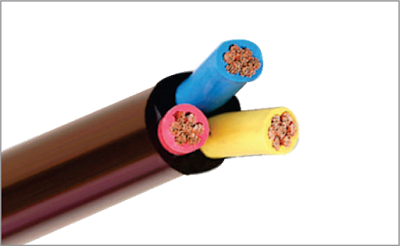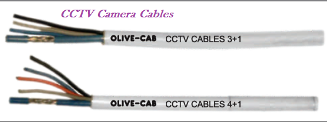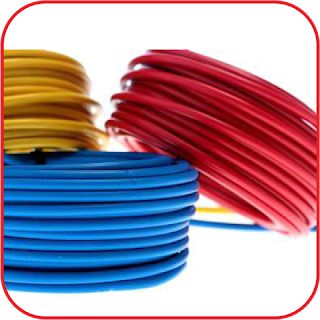The two main
categories of cables are flat and round. Both flat and round cables are
accessible in multi conductor or twisted pair configurations and each with or
without Shielding. Different types of shielding are likewise accessible in both
cases. Flat cables have deliberately controlled conductor spacing making them
appropriate for mass end. Round cable
is suited for long cable runs or where adaptability and minimization are
required.
Multi conductor
cables are accessible for fundamental single-ended, i.e. unbalanced
applications. Twisted pair cables are accessible for differential, i.e.
balanced applications. Note that a coaxial cable, a single insulated conductor
with a general shield; is, in this connection, a "multi conductor"
cable with only one conductor (the shield filling the double need of sign
return way and sign regulation). In a comparable sense, a two conductor multi conductor
cable, since it is twisted, is equal to a single twisted pair cable.
Advantages of Flat Cables
By giving a way
to mass end, flat cables are generally cheap to end. Connectors are accessible
in setups with insulation displacement contacts adjusted for flat cable end.
The contacts are at the same time squeezed through the insulation onto the
greater part of the conductors of flat cables. The cables conductor to
connector contact arrangement is basic. The two business standard conductor
centerline spacing is 0.050 and 0.025 inches. Controlling this parameter is an
essential worry in delivering flat cable and to some degree restrains the scope
of cables' electrical attributes accessible.
Advantages of Round Cables
Round cable
adaptability is not restricted to a single plane, as on account of flat cable.
For long cable runs, particularly installed in course or raceway, flat cable is
unrealistic. The adaptability of round cable
is the consequence of having the individual components, single conductors or twisted
pairs, "cabled"; that is, they are "laid" at a pitch edge
in respect to the hub of the cable, shaping a helix. The more prominent the
pitch point the more noteworthy the level of adaptability. Color coding is
normally given as the method for recognizing the individual conductors helping
the procedure of independently ending every conductor. A round cable is more
straightforward to fabricate with a shield. Capacitance can be diminished with
thicker protection dividers, since there are no characteristic conductor
separating necessities. Other than the instance of basic, flat, strait,
unshielded multi conductor cables; round cables have less cross-sectional
territory for a given number of conductors. More cross-sectional zone is
required for a shield or coat on a flat cable.






